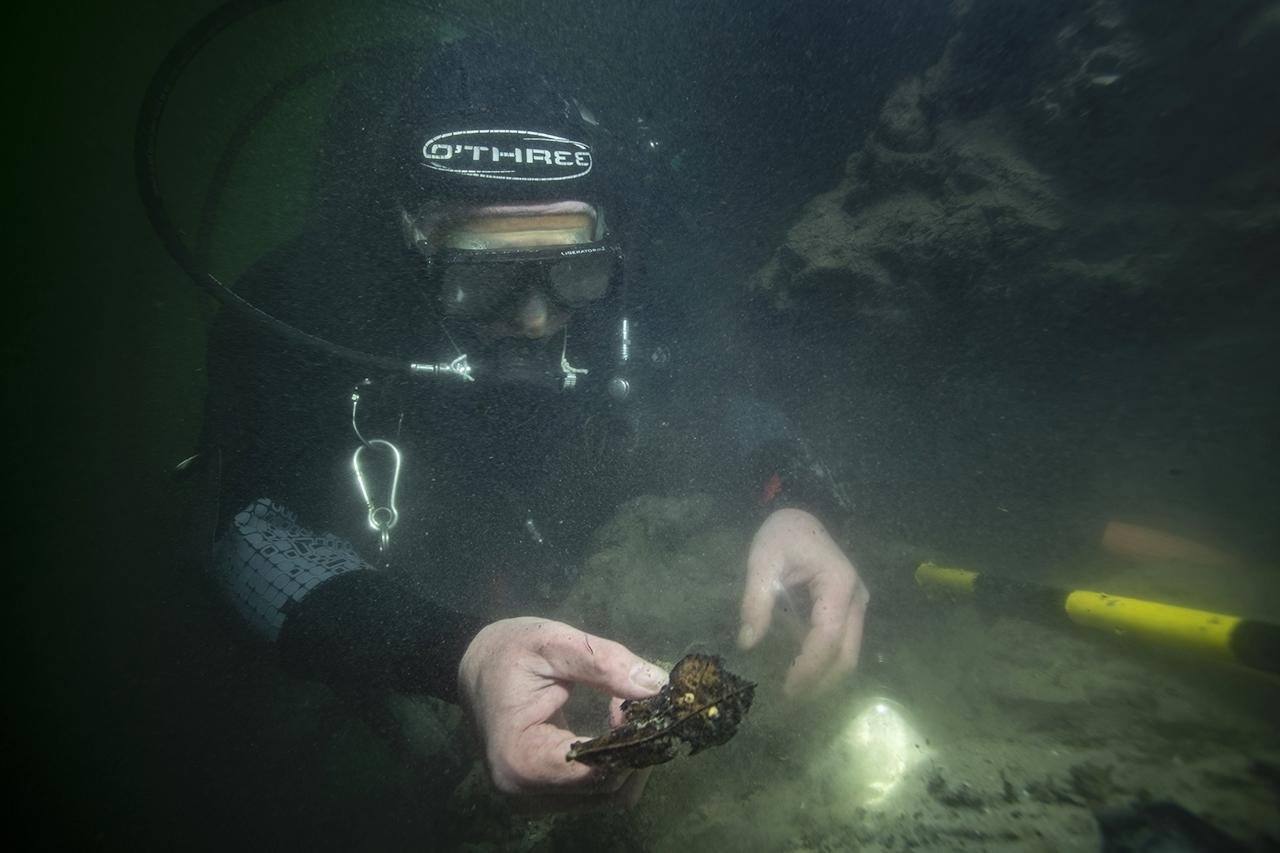Archaeologists from the University of Warwick are embarking on an ambitious underwater expedition to explore the submerged Mesolithic site of Bouldnor Cliff, located in the Solent between the Isle of Wight and the southern coast of England. The urgency of the study stems from the imminent threat of erosion that could result in the loss of invaluable historical evidence.
 Credit: University of Warwick
Credit: University of Warwick
The site, first discovered in 1999 by divers who observed lobsters discarding worked flint tools, presents a unique opportunity to delve into the prehistoric past of Britain. At a time when rising sea levels isolated Britain from mainland Europe, the Solent area housed an advanced Mesolithic community, pioneering boat-building technology millennia ahead of its time. Professor Robin Allaby, leading the expedition, said: “This is an incredible opportunity to understand the lost world in which the Mesolithic developed using the latest techniques before our chance is gone.”
The interdisciplinary study, funded by the Leverhulme Trust and facilitated by researchers like Garry Momber from the Maritime Archaeology Trust, Southampton, and Dr. Tim Kinnaird from the University of St. Andrews, aims to unravel the mysteries of Bouldnor Cliff before they fade into the depths of history.
Dr. Kinnaird emphasizes the importance of innovative techniques in reconstructing narratives from a rapidly changing coastline, stating, “The relevance of this technique in writing the narratives for 4000 years of history, at the time that the British coastline was rapidly changing, is huge!”
Central to the expedition is the utilization of cutting-edge methodologies such as optical simulated luminescence and sedimentary ancient DNA (sedaDNA) analysis. These techniques will not only aid in dating sediments and reconstructing ecological profiles but also in recovering archaeological artifacts and environmental markers essential for understanding the past environment.
The comprehensive palaeoenvironmental study aims to shed light on the late Ice Age environment and the extent of interaction between the inhabitants of Bouldnor Cliff and Europe, including the exchange of materials such as exotic flora.
These findings revolutionize our understanding of a critical period in Britain’s history when it emerged as an island. As erosion continues to threaten the integrity of Bouldnor Cliff, the race against time underscores the urgency of this research endeavor.





